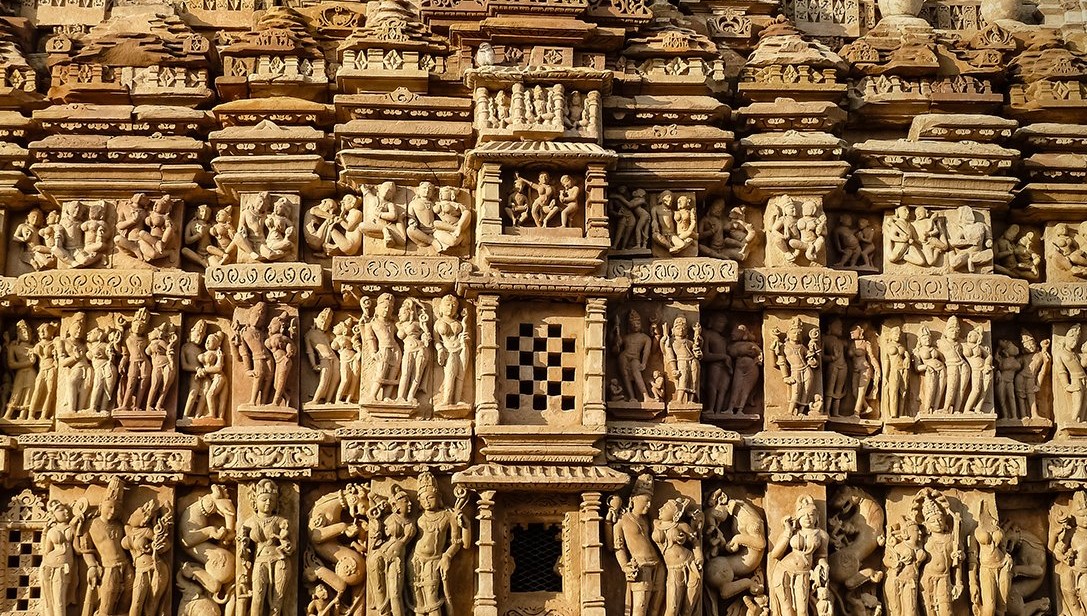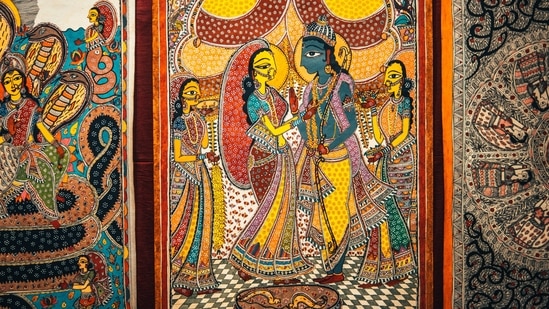Indian art has a rich and diverse history that spans thousands of years, reflecting the country's cultural, religious, and social evolution. From the ancient Indus Valley Civilization to the intricate temple sculptures and vibrant Mughal paintings, Indian art offers a captivating journey through time. Here are some key insights into the fascinating world of Indian art history:
Indus Valley Civilization (3300–1300 BCE)
The earliest evidence of art in the Indian subcontinent comes from the excavations of the Indus Valley Civilization. The art of this period includes intricate seals, terracotta figurines, and pottery adorned with geometric patterns and animal motifs.
.png)
Buddhist Art
Buddhism played a crucial role in shaping Indian art. The period between the 3rd century BCE and the 1st century CE witnessed the rise of Buddhist art, characterized by the construction of stupas (dome-shaped structures) and the creation of Buddhist sculptures depicting the life and teachings of Buddha.
Hindu Temple Architecture
The temple architecture of ancient and medieval India is renowned for its grandeur and intricate detailing. Styles like Nagara, Dravida, and Vesara evolved in different regions, showcasing distinct features such as towering spires, elaborate carvings, and ornate entrance gates.
Ajanta and Ellora Caves
The rock-cut caves of Ajanta and Ellora, dating back to the 2nd century BCE to 10th century CE, are masterpieces of Indian art. These cave complexes house exquisite mural paintings and sculptures that depict religious stories from Buddhism, Hinduism, and Jainism.
Mughal Miniature Paintings
The Mughal era (16th to 19th centuries) witnessed the development of miniature paintings characterized by their intricate details, vibrant colors, and Persian influences. These paintings depicted court scenes, royal portraits, mythological narratives, and poetic compositions.
Company School Paintings:
The arrival of European traders and colonizers in India led to the emergence of the Company School of paintings in the late 18th to 19th centuries. These paintings showcased a fusion of Indian and European artistic styles, depicting various aspects of Indian life and culture.Bengal School of Art: In the late 19th and early 20th centuries, the Bengal School of Art emerged as a response to British academic art. Led by artists like Abanindranath Tagore and Nandalal Bose, this movement aimed to revive traditional Indian art forms, emphasizing nationalist themes and indigenous techniques.
Modern and Contemporary Art:
Post-independence, Indian art witnessed a significant shift towards modern and contemporary expressions. Artists like Raja Ravi Varma, Amrita Sher-Gil, and Tyeb Mehta played instrumental roles in redefining Indian art by blending traditional and Western influences while addressing social and political issues.
Folk and Tribal Art:
India's diverse cultural landscape is reflected in its rich tradition of folk and tribal art forms. Each region boasts unique styles, such as Madhubani paintings from Bihar, Warli paintings from Maharashtra, Pattachitra from Odisha, and Gond art from Madhya Pradesh, showcasing the vibrancy and artistic skills of local communities.
Street Art and Contemporary Installations:
In recent years, street art and contemporary installations have gained popularity, providing platforms for artistic expression in public spaces. Cities like Mumbai, Delhi, and Kolkata have witnessed the emergence of street art festivals and initiatives, giving voice to young artists and creating dialogue around social issues.
These are just a few highlights from the vast and diverse realm of Indian art history. Exploring the art forms, styles, and cultural influences of different periods opens up a world of artistic wonders, revealing the dynamic and ever-evolving nature of Indian art

.png)








Comments
Post a Comment